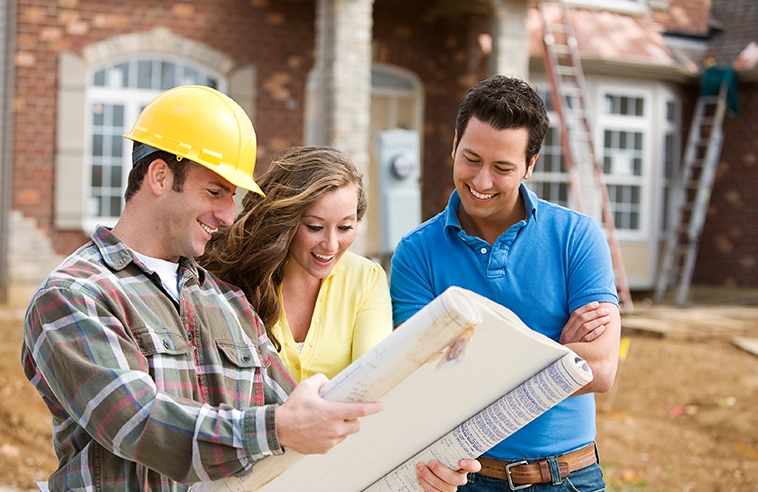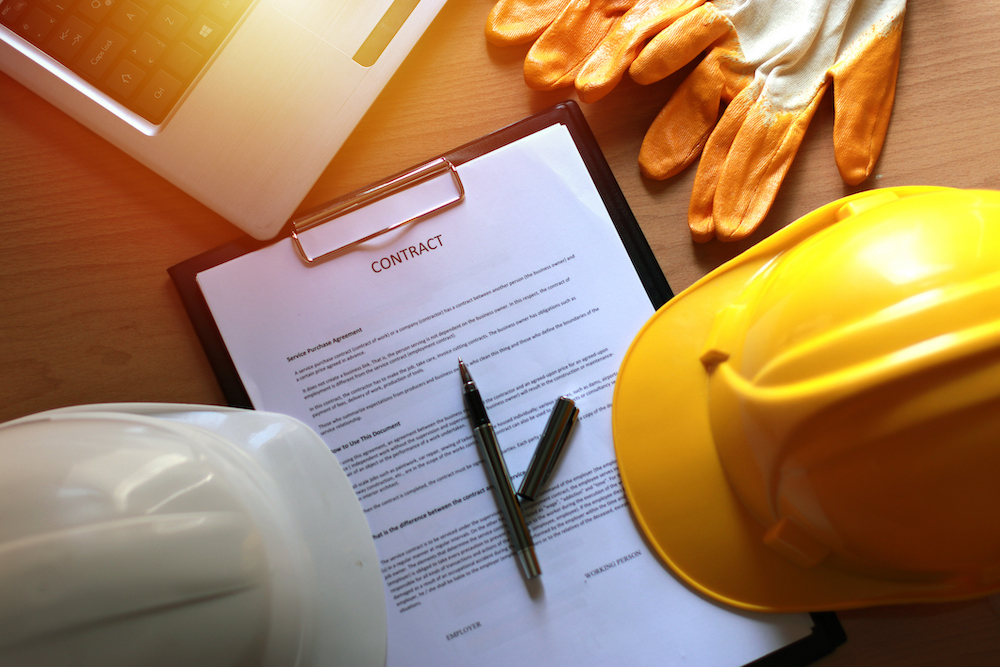
The Internet of Things for Construction Sites: What’s the Point?
Instead of just computers and mobile phones being interconnected by the internet, sensors attached to various ordinary objects can also be internet-connected — hence the name, Internet of Things [IoT]. Anything from heavy equipment vehicles to power tools can have sensors (and microchips for processing the sensors’ data) attached to them. Similarly, tradespeople on construction sites can wear IoT connected devices. As the sensors and microchips get less and less expensive, internet-connected objects will become more and more common.
Different sensors can collect data on all sorts of variables (heart rate, vibration, speed, temperature, humidity, etc.). The sensors are internet-connected to a cloud-based central platform. At this point, AI (artificial intelligence) can analyze the data, and/or it can be sent to a graphical dashboard so a human can analyze it. Via the IoT, the objects can be connected to each other, as well as to humans. The data is useful if (and only if) it can be used to help guide decision-making.

The dashboard visually displays the data in ways that make it easier to interpret — with colorful pie charts, line graphs, heat maps, and so on. You can access the dashboard remotely on your computer or phone. Via the dashboard, a human may also be able to control the objects that the sensors are attached to. Alternatively, using AI, the objects may be controlled without human intervention.
So how can the IoT be useful on construction sites? We’ll look at four ways here.
Safety
Wearable devices can send alerts to the site manager’s dashboard when a tradesperson shows signs of heat stress, for example. The dashboard might ignore data indicating that someone is motionless for a few minutes — chances are they’re just on a break. But if they’re motionless AND they have an elevated temperature AND a fast, weak pulse THEN it could send an alert. Similarly, rapid downward motion could indicate a fall has occurred, triggering an alert.
When a vehicle is backed across a geofence around a restricted area — getting too close to a deep excavation, for example — an alert could be sent to the site manager and the vehicle could also be prevented from continuing to move in the same direction. (Inside the vehicle, the driver would also be alerted when crossing a geofence, but that doesn’t require the IoT. It’s only the remote alert that would depend on the IoT.)
If a dangerous situation is detected, it can be responded to by a site supervisor or — if AI is used — automatically.
Resource management
GPS is already commonly use to track expensive construction site assets, such as construction vehicles. But if the vehicle is also connected to the IoT, the asset’s location can be combined with other data such as real-time traffic conditions and weather to figure out optimal routes between sites, for example — saving time and fuel.
Sensors can also measure equipment performance and predict when maintenance should occur. This is preferable to either waiting for equipment failure or performing unnecessary maintenance or component replacement.
Once plenty of data is collected (e.g., hours of machine usage; time spent walking around collecting materials and tools; fuel consumed by vehicle idling; environmental conditions; and so on), AI can make recommendations for how to adjust operations to save energy, time, and money.
Curing concrete
Wireless temperature sensors can be embedded in concrete when it’s poured. They measure the internal temperature of the concrete and calculate its compressive strength. Typically, these sensors use Bluetooth to transmit data, which is limited by a relatively short range — so you’d have to be on the job site with your phone or tablet to receive the data.
However, the sensors can relay the data to a local on-site device that transmits the data via the IoT, so you can access it remotely. By getting real-time data on the progress of maturing concrete, construction managers can more accurately plan further construction work, such as when to remove formwork and schedule crews for later steps. Notifications can be sent automatically when the concrete reaches the desired strength. All the data can be saved for quality assurance reporting.
In the longer term, data can be aggregated and analyzed to help construction firms optimize future concrete construction.
Environmental sensing
Just like completed buildings, those under construction are vulnerable to damage due to environmental conditions. This is especially important when the construction involves renovating or adding to an existing building. For example, a builder might need to track humidity during an art gallery renovation or monitor dust while building a hospital addition. The data can be collected and analyzed, and AI can give recommendations for action to take based on that data, or it can be set-up to control devices directly. Collected data can also be used to show clients that environmental conditions have been kept within a specified range.
Further reading:
How Predictive Analytics Can Increase the Utility of Connected Construction Technology




